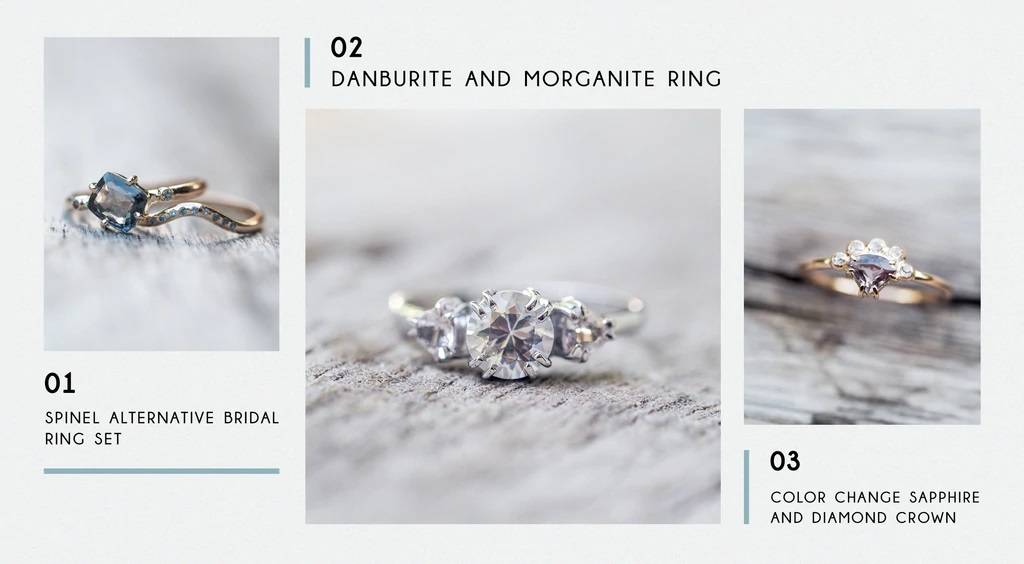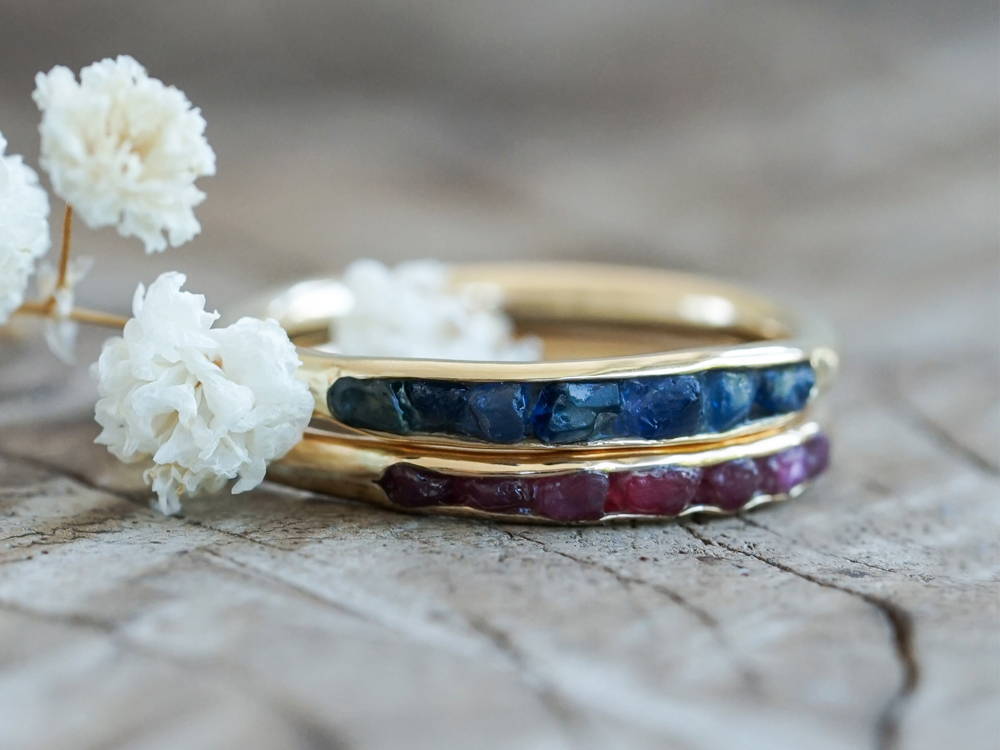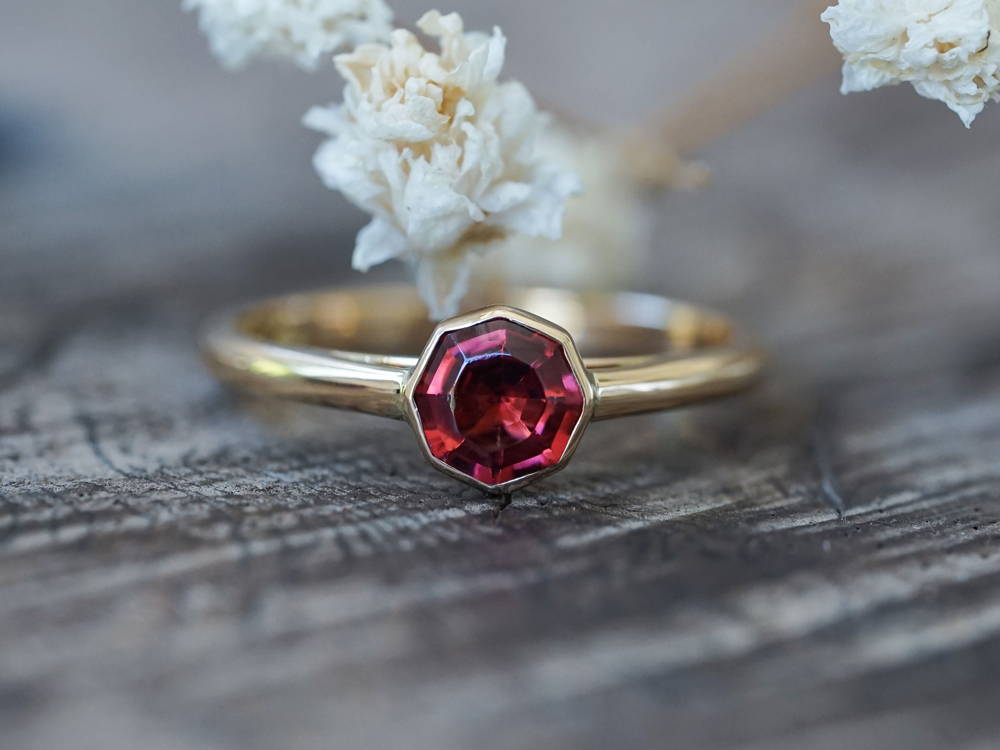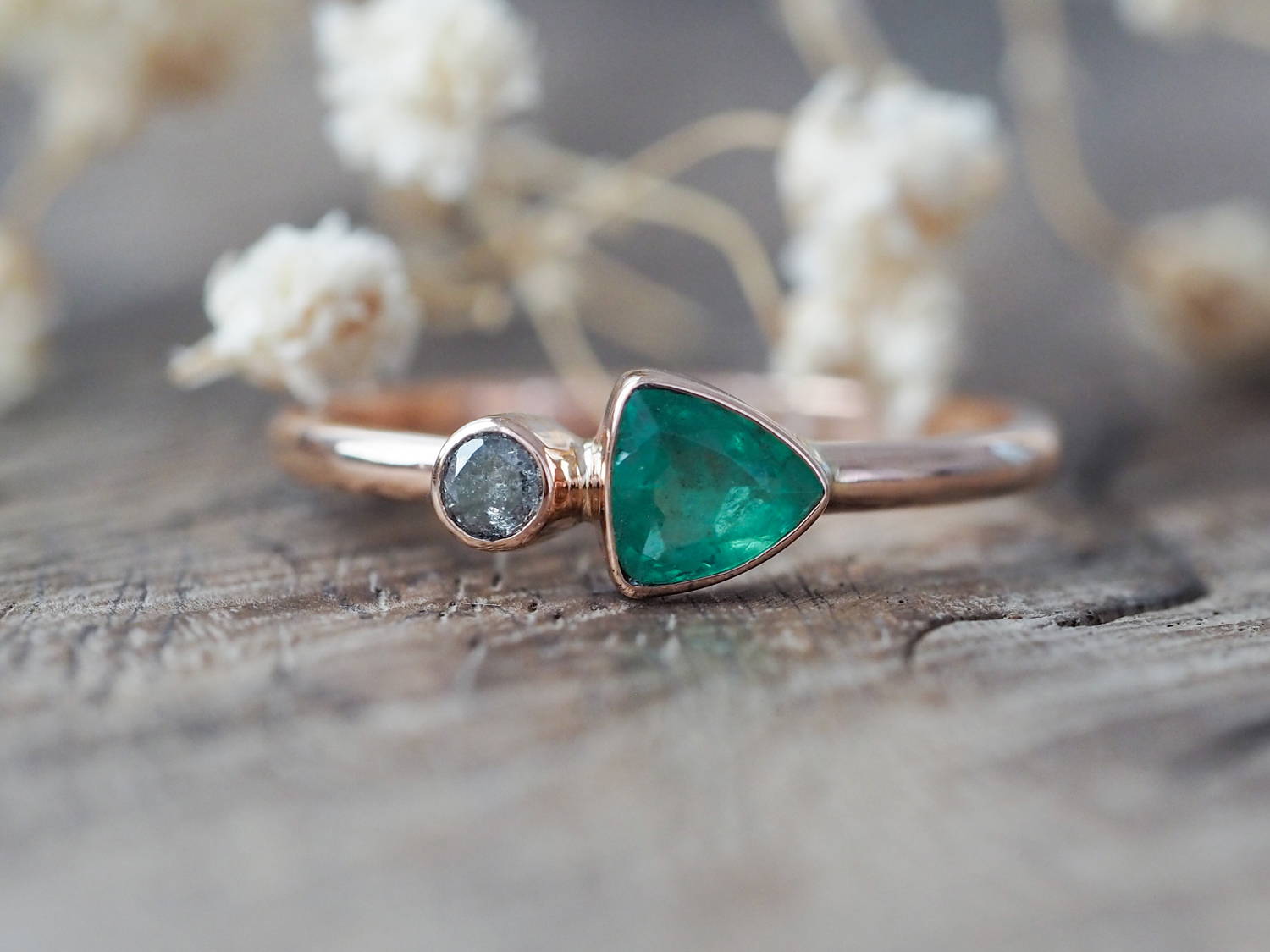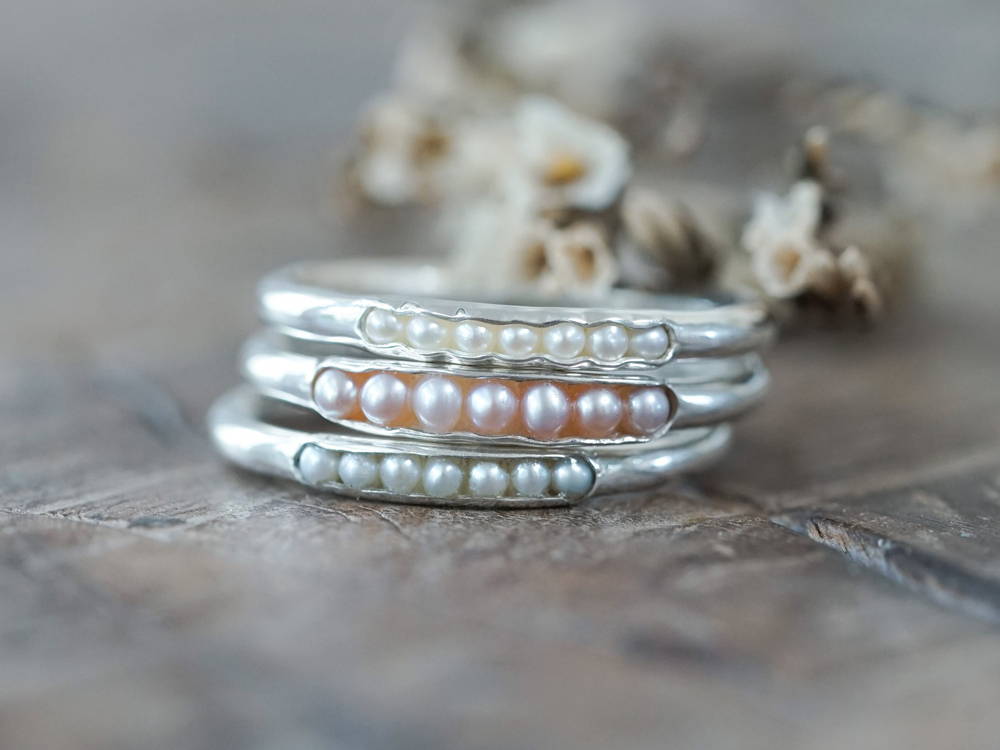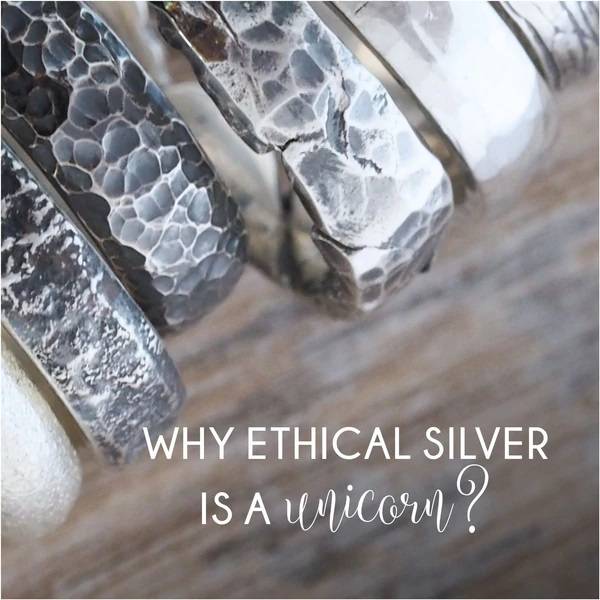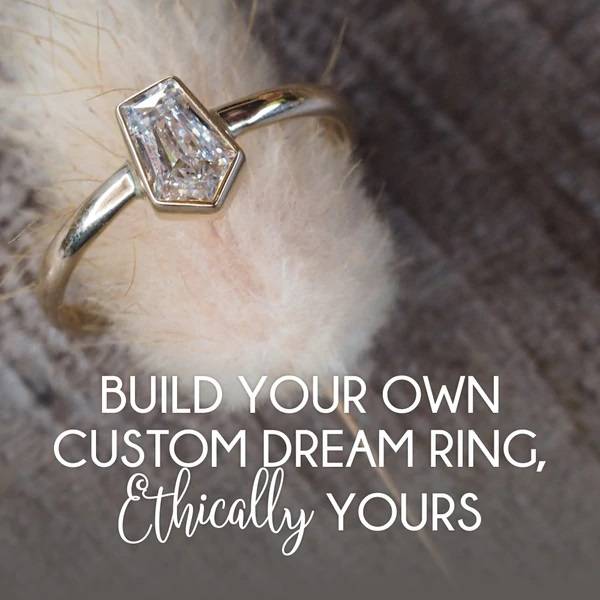Your Cart is Empty
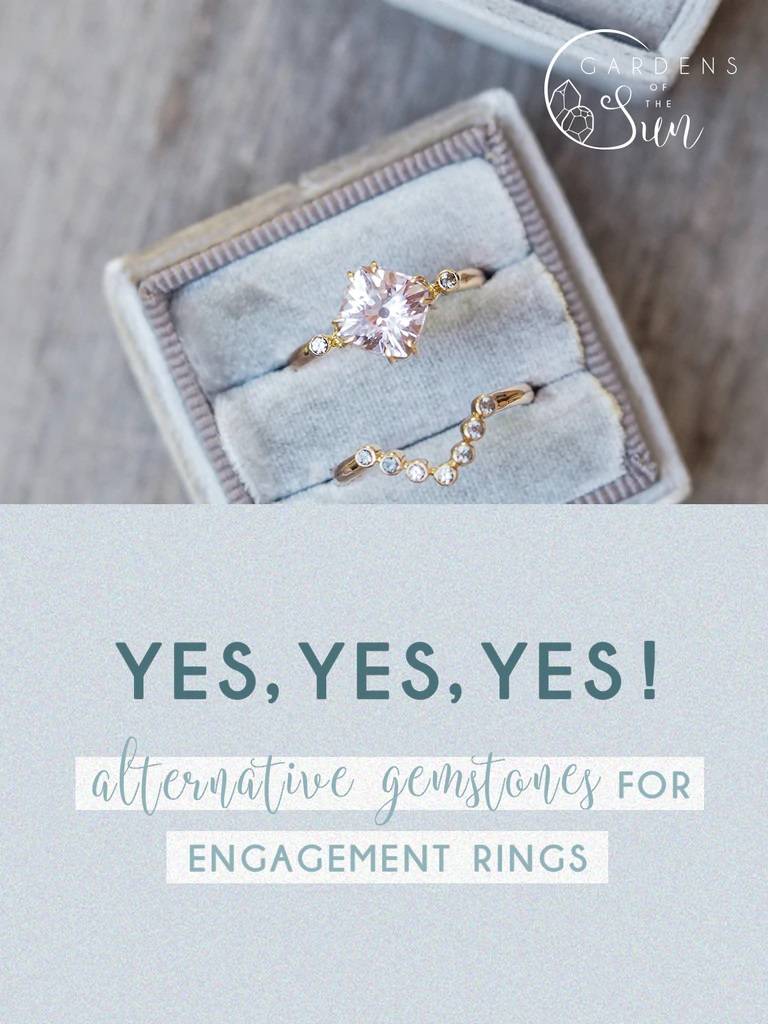
In my last post I explained you about the wearability of alternative gemstone engagement rings and which factors to consider. I’ve worked with many stones, and I still have my favorites for special rings. Here’s a list:
MY “YES, YES, YES!” LIST
Ruby and sapphire
The gemstones I most recommend for engagement rings are sapphires and rubies (Mohs hardness of 9). Actually, the two are related – they’re both corundum. Any color of corundum but red is called a sapphire, whereas only the red-hued corundum is called a ruby. In recent years, the market has been flooded by glass-filled rubies and sapphires, which makes them more vulnerable. So you definitely want to ask your jeweler about any treatments.
Garnet
Garnet (Mohs hardness of 7.5) is a borderline stone in terms of durability. It may be scratched and facets may become less pronounced over time, but it doesn’t chip easily. You may think of that deep wine red color in your grandma’s jewelry box, but it actually comes in deep orange shades, vibrant yellowish greens and lush forest greens too. There are even color change garnets which are a piece of magic on their own.
MY “OKAY, BUT…” LIST:
White sapphire and white topaz
White sapphire and white topaz may seem like good value for money at first, but they don’t sparkle like a diamond does. They tend to get dirty easily and lose their sparkle, giving your stone a hazy look. To get the same sparkle you might want to opt for a precision cut stone.
Tanzanite

Tanzanite easily cracks and chips.
Now that you’re equipped with all this info, go on then, put a ring on it! But it needs to be said that at the end of the day, if you really love a certain gemstone, just go for it. Like you did with your soon-to-be life partner – when you know, you know.
